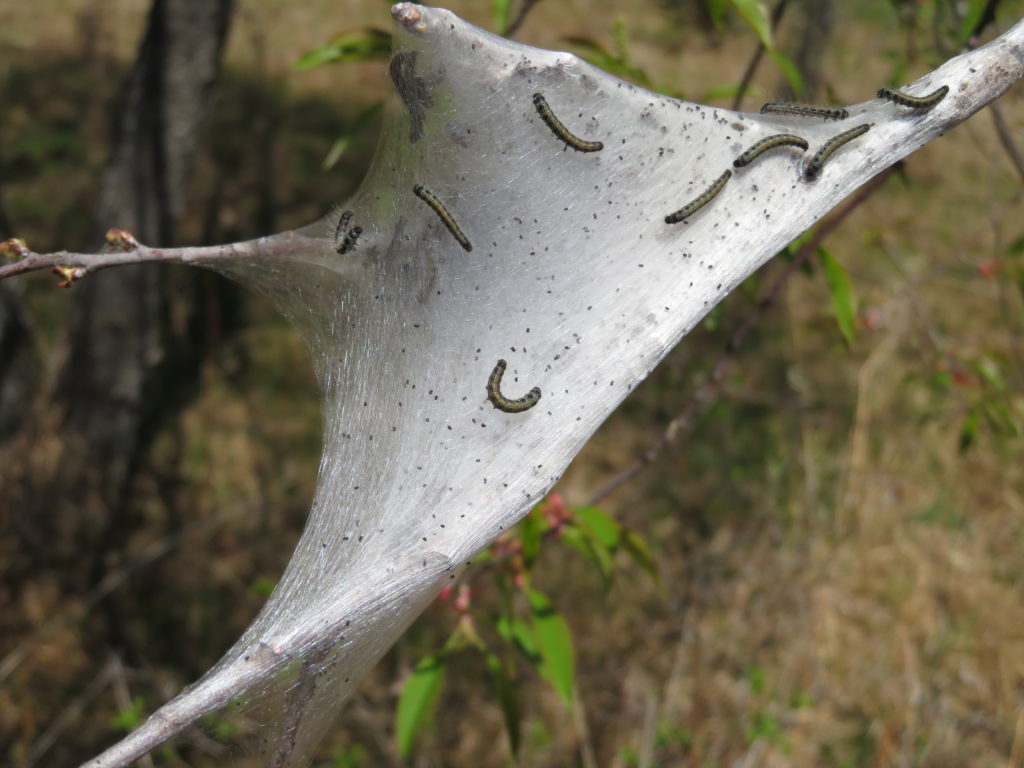How To Get Rid Of Tent Caterpillars
Learn how to eliminate tent caterpillar infestations

What are tent caterpillars?
Tent caterpillars are fuzzy, reddish brown caterpillars that average 2-3 inches in length. They usually make tent-like nests in between branches of trees and shrubs. They are considered pests.
How to spot a tent caterpillar infestation
Tent caterpillar infestations are generally fairly easy to spot, as their tent-like nests have a very distinct look. Tent caterpillars usually appear in June, July or August and take about 6 weeks to mature. Some common trees they can be found on are willow trees, apple trees, plum trees, oak trees, cherry trees, and poplar trees.
Will a tent caterpillar infestation kill my tree?
It is unlikely that a tent caterpillar infestation will kill your tree, but they can certainly cause damage. The caterpillars can eat almost all of the leaves on a given tree. The key to preventing as much damage as possible is to take immediate action when you first spot an infestation.
How to remove a tent caterpillar infestation
There are several ways to remove tent caterpillar infestations:
- If the infestation is small enough you can simply remove the tents by hand pruning the affected areas. Be sure to destroy the tents or dispose in a plastic bag to prevent the caterpillars from rebuilding their tent
- Use chemical pesticides. This may be the best option if the infestation is severe. Choose a pesticide product that is specifically formulated for tent caterpillars. Follow the instructions provided on the packaging. Wear appropriate protective clothing to apply the pesticide. Take extra care during application to avoid sensitive areas such as waterways, other plants, or areas where pets or children may play.
- Introduce a natural predator. Some birds and insects feed on tent caterpillars. Chickadees, nuthatches, wood peckers, and blue jays all feed on tent caterpillars and can help you control infestations. To attract these predators you can provide nesting materials, plant flowering plants that provide nectar nearby.
Whichever method you choose, be sure to take action as soon as possible and continue to inspect your trees and shrubs regularly.
